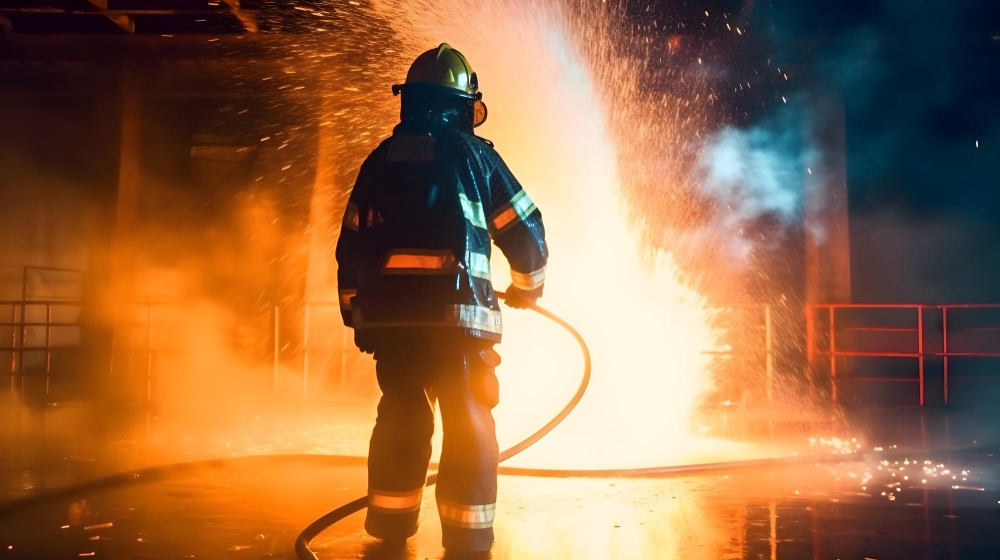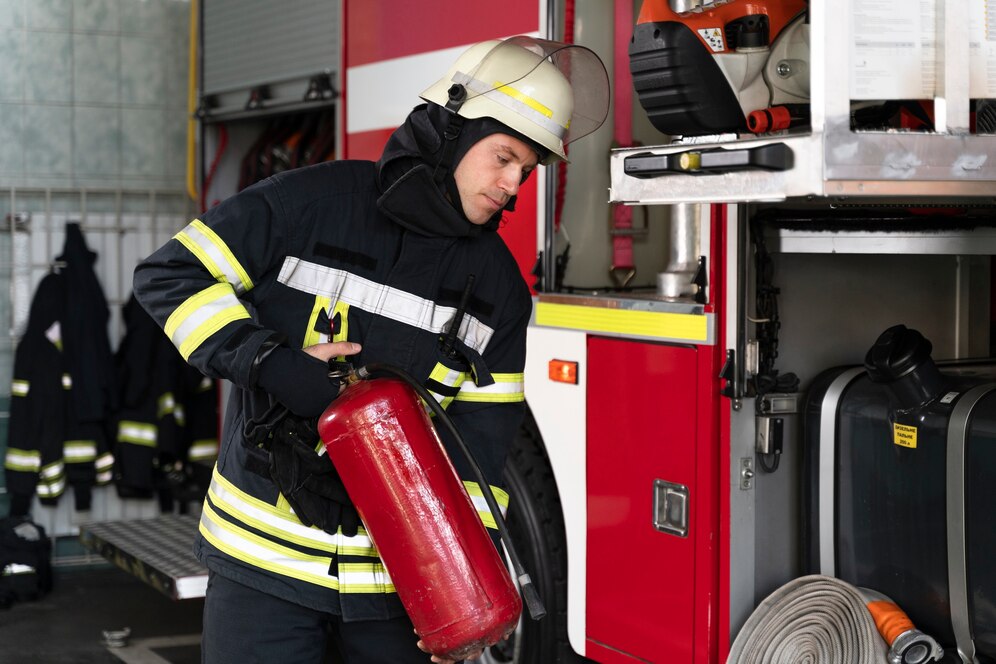
NFPA (National Fire Protection Association) training is crucial for individuals in various industries to ensure they understand fire safety standards, risk management, and compliance requirements. The NFPA develops codes and standards to minimize fire hazards, educate personnel on fire prevention, and ensure proper safety practices in case of fire emergencies. NFPA training programs are designed to help professionals understand these standards and implement them effectively in their workplace.
Overview of NFPA
The NFPA is a globally recognized nonprofit organization that establishes and promotes fire prevention and safety standards. It has over 300 codes and standards that cover a wide range of topics, from fire suppression systems to electrical safety. These standards are designed to minimize the risk of fire hazards and ensure that facilities and workers are prepared for emergencies.
NFPA standards apply to a variety of sectors, including residential, commercial, industrial, and healthcare settings. These standards address fire prevention, firefighting procedures, building design, and emergency planning. NFPA training is essential to ensure employees are familiar with the codes and that organizations maintain safety compliance.
Importance of NFPA Training
Fire safety training is critical because it helps reduce the risk of fires, which can cause significant property damage, loss of life, and injury. NFPA training covers critical aspects of fire safety, such as proper evacuation procedures, fire extinguisher use, and safety protocols during a fire emergency. By following NFPA standards, organizations can significantly decrease the likelihood of fire-related accidents and ensure the safety of employees, customers, and visitors.
NFPA Codes and Standards
There are several important NFPA codes and standards that professionals need to be familiar with:
1. NFPA 1: Fire Code
NFPA 1 is a comprehensive fire code that provides requirements for fire prevention and safety practices across all types of buildings. This code addresses the installation and maintenance of fire protection systems, such as sprinklers and alarms, as well as general fire safety protocols like maintaining clear exits, proper storage of hazardous materials, and regular fire drills.
2. NFPA 10: Portable Fire Extinguishers

NFPA 10 outlines the standards for the installation, maintenance, and use of portable fire extinguishers. This includes guidance on selecting the appropriate type of fire extinguisher for different fire classes (e.g., Class A, B, C, D, and K fires). Proper training in the use of fire extinguishers is vital for all employees to ensure that fires are quickly controlled before they escalate.
3. NFPA 70: National Electrical Code (NEC)
NFPA 70 governs the installation and safety standards for electrical systems. Understanding the NEC is vital to preventing electrical fires, which can result from faulty wiring, overloaded circuits, or improper grounding. Electrical safety training helps employees spot hazards and maintain a safe working environment.
4. NFPA 72: National Fire Alarm and Signaling Code
NFPA 72 provides standards for the installation, testing, and maintenance of fire alarm and signaling systems. It ensures that alarm systems are functional, and alerts are provided promptly in the event of a fire emergency. Proper installation and maintenance of alarm systems are crucial in saving lives and minimizing property damage.
5. NFPA 101: Life Safety Code
The Life Safety Code focuses on the protection of people from fire and related hazards in buildings and structures. It outlines requirements for fire exits, emergency lighting, and fire alarm systems. Understanding these regulations ensures that facilities are designed and maintained to provide safe evacuations in the event of a fire.
NFPA Training Topics
NFPA training programs cover a wide range of topics, tailored to various industries and fire safety needs. Some of the most common areas covered include:
1. Fire Prevention and Hazard Identification
NFPA training programs educate employees on how to identify and prevent fire hazards. This includes maintaining proper storage of flammable materials, ensuring safe electrical practices, and inspecting heating equipment regularly. It also involves understanding the layout of a building to ensure fire exits are accessible and functional.
2. Fire Extinguisher Training
Employees are taught how to properly use fire extinguishers in emergency situations. The training covers the different types of fire extinguishers (water, foam, CO2, dry chemical, etc.) and how to select the right one based on the type of fire. Proper training on the PASS technique (Pull, Aim, Squeeze, Sweep) is also included to help individuals respond quickly and effectively.
3. Evacuation Procedures and Fire Drills
NFPA training emphasizes the importance of planning and practicing evacuation procedures. Employees learn how to evacuate buildings safely, identify exit routes, and understand the importance of maintaining clear exit paths. Fire drills are conducted to help employees practice these procedures and ensure they can evacuate efficiently in case of a real fire.
4. Fire Prevention for Specific Industries
Different industries have unique fire hazards that require specialized training. For example, in healthcare settings, NFPA training may focus on the safe use of medical gases and the prevention of fires in operating rooms. In industrial settings, the training might cover the proper storage and handling of flammable materials or how to prevent electrical fires in machinery.
5. Fire Safety for Managers and Supervisors
Managers and supervisors receive additional training on how to enforce fire safety protocols in the workplace. This includes conducting regular fire safety inspections, ensuring employees are following safety procedures, and maintaining records of safety drills and inspections. They are also trained on how to handle fire emergencies, including how to direct employees to safety and coordinate with emergency responders.
Benefits of NFPA Training
- Enhanced Safety NFPA training helps create a safer workplace by equipping employees with the knowledge and skills to prevent fires, identify hazards, and respond effectively during an emergency.
- Regulatory Compliance Many industries are required to comply with NFPA codes and standards. Training ensures that organizations meet these regulations, avoiding potential fines and legal liabilities.
- Minimized Risk of Injury and Property Damage By following NFPA guidelines, businesses can reduce the likelihood of fire-related accidents, injuries, and damage to property. This is essential for maintaining a healthy and productive work environment.
- Improved Emergency Response Employees who are trained in NFPA standards know how to respond quickly and effectively in the event of a fire. This can make a significant difference in minimizing the impact of a fire emergency, reducing the risk to lives and property.
- Cost Savings By preventing fires and minimizing the damage caused by fires, businesses can save money on insurance premiums, repairs, and lost productivity. A strong fire safety program also reduces the risk of costly legal disputes in the event of an accident.
Conclusion
NFPA training is an essential part of any organization’s fire safety program. It ensures that employees understand the fire prevention practices, emergency response procedures, and safety standards required to maintain a safe working environment. By incorporating NFPA training into workplace safety protocols, companies can prevent fire-related accidents, comply with safety regulations, and protect the lives and property of their employees and customers. Whether it is fire extinguisher training, evacuation procedures, or specific industry guidelines, investing in NFPA training is an investment in the overall safety and wellbeing of the workplace.